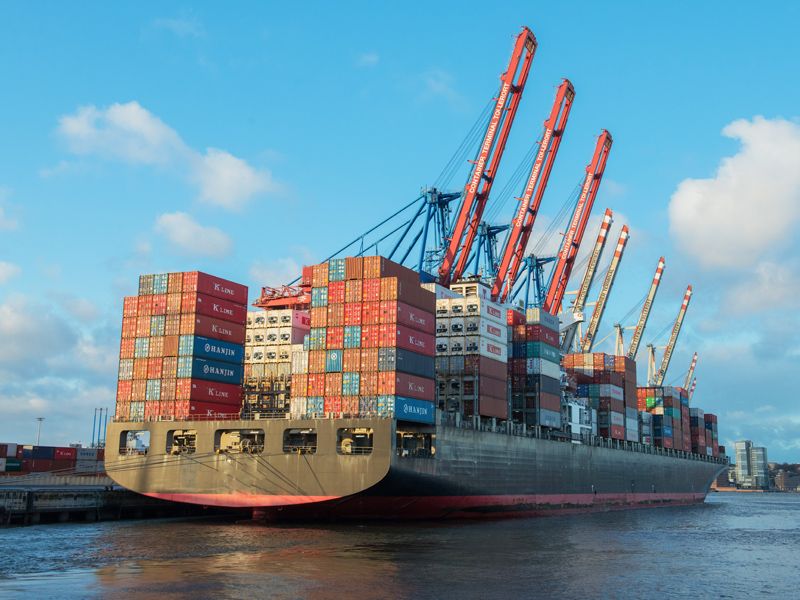The increase in the average container spot freight rate during the last week of December, by more than $500 in one week, was the largest weekly increase ever recorded, UNCTAD reported.
Container spot rates refer to the spot market contracting of containerized cargo transportation services.
Average container shipping rates from Shanghai this week increased 122% compared to early December; that is, they have more than doubled.
At the same time, rates from Shanghai to Europe increased 256%, more than tripling.
According to UNCTAD, fares to the U.S. West Coast also increased above average, although they do not go through Suez. They increased by 162 percent.
Here we see the global impact of the crisis, as ships seek alternative routes, bypassing Suez and the Panama Canal.
Container spot freight
The spot market implies that services are contracted for a single occasion or for a short term, rather than establishing long-term contracts.
In the context of container shipping, this means that freight rates are negotiated for a specific cargo and for a specific route at the present time.
The cumulative effect of these disruptions translates into longer cargo travel distances, increased trade costs, and increased greenhouse gas emissions because shipping has to travel longer distances and at higher speeds.
Avoiding the Suez Canal and Panama requires more shipping days, which generates higher costs.
The price per shipping day and insurance premiums have increased, adding to the overall cost of transit.
In addition, ships are forced to travel faster to compensate for detours, burning more fuel per mile and emitting more CO2, further exacerbating environmental concerns.
Containers
UNCTAD underscores the far-reaching economic implications of these disruptions.
Prolonged disruptions, particularly in container shipping, pose a direct threat to global supply chains, potentially leading to delivery delays and higher costs.
While current container rates are about half of the peak reached during the Covid crisis, passing higher freight rates on to consumers takes time, with the full impact expected to manifest itself within a year.

